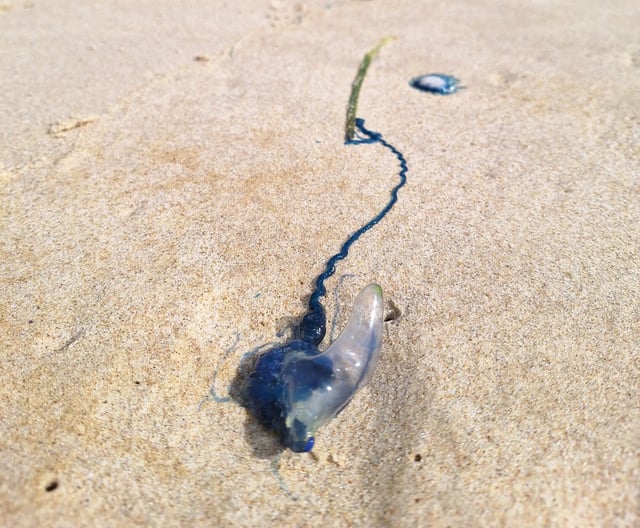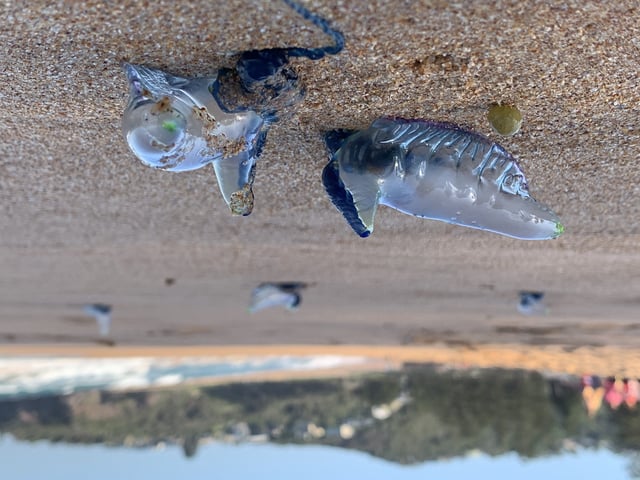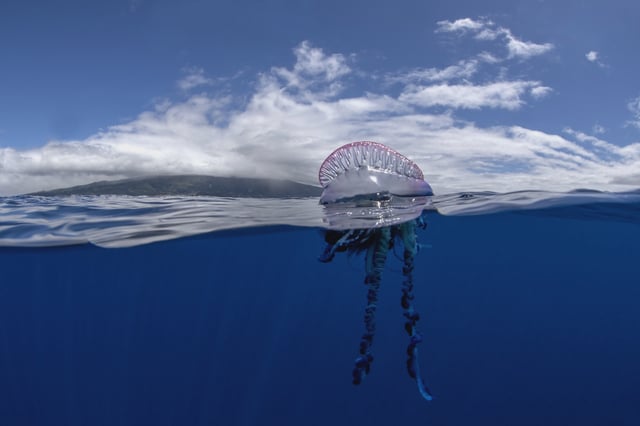Overview
- An international team from Yale, UNSW and Griffith University sequenced genomes from 151 Physalia specimens and analyzed thousands of iNaturalist photographs to delineate four distinct species.
- The research confirms Physalia physalis, P. utriculus and P. megalista alongside a newly described P. minuta found near Australia and New Zealand.
- Genetic data reveal that the four species are reproductively isolated and do not interbreed even where their ocean ranges overlap.
- Scientists are now investigating whether venom potency and behavioral traits vary among the newly identified species.
- UNSW has teamed with meteorological and conservation agencies to develop forecasting models aimed at preventing bluebottle stings.



